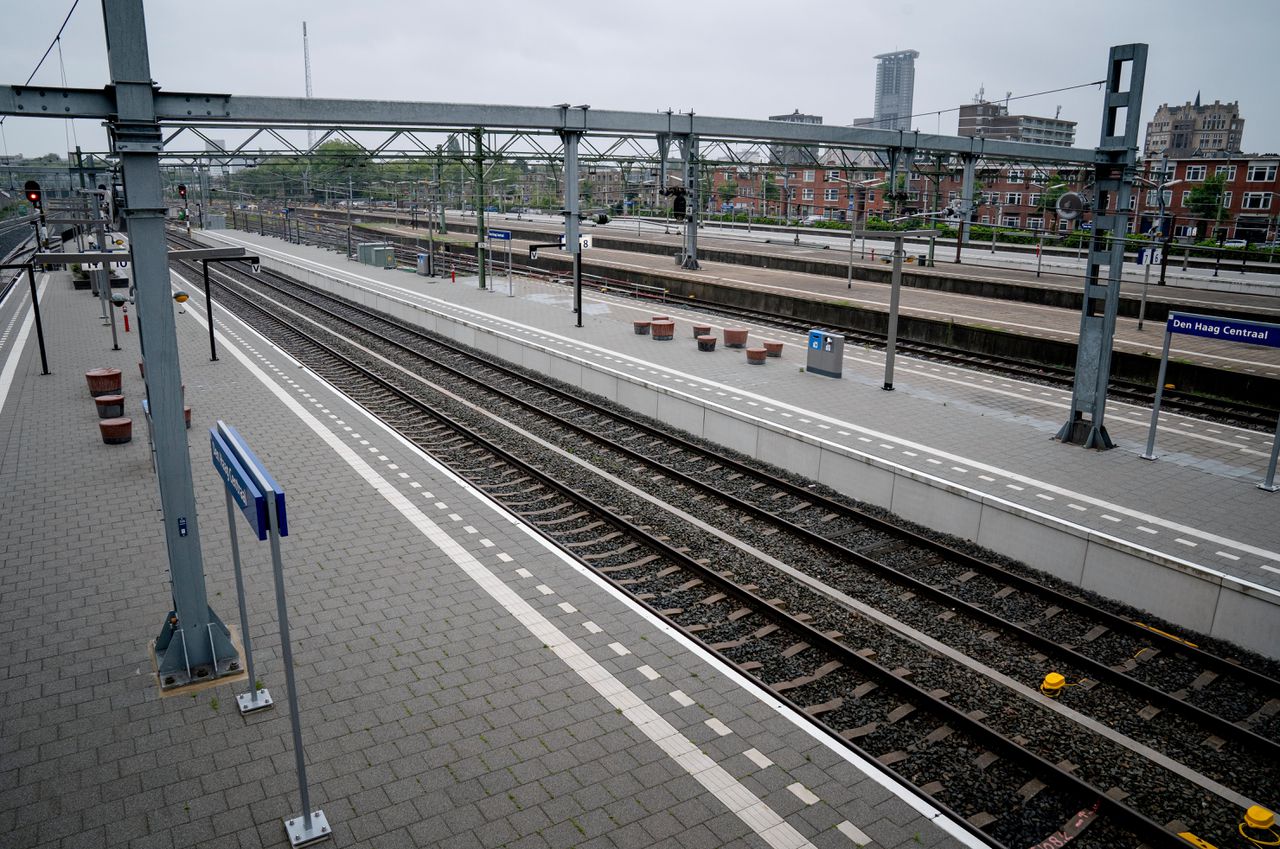Kossakovsky’s camera tumbles along with the boulders in a stone nozzle
/s3/static.nrc.nl/images/gn4/data131491469-baff95.jpg)
It is almost unbelievable that filmmaker Viktor Kossakovsky (1961) once broke through with a film Ssst! (Tishe!) and for which he filmed for a year from the window of his apartment in St. Petersburg. His recent films are so big and noisy. An exception was of course arthouse success Gunda (2020) In which the explained vegetarian looked at the world from the perspective of a false sow. But his latest film Architectone Reminds of his heavy metal eco -documentary again Watercolor (2017), full of raw ramshots of hurricanes and melting polar caps. Awesome. Enchanting. Frightening.
In Architectone He dances with drones all around destroyed residential towers in Ukraine. He dives into the ruins of the age -old temple complex in Baalbek with their inexplicably large monoliths in present -day Lebanon. His camera rides with the boulders in a stone nozzle. And he meticulously filming how excavators clear the concrete debris of the earthquakes that ravaged the border area between Turkey and Syria in 2023. His film is impressive and immersive, but above all an intuitive artistic assembly of granite and dust, in which the Italian architect Giovanni Pascoli almost embarrassed for the polluting skyscrapers that he has built, installs a stone circle in his garden without any function. Whether sculptor Nick Steur defies the gravity with his balancing stones.
Kossakovsky is a romantic. At the end of Architectone He wonders in conversation with Pascoli why people used to build for eternity and buildings today no longer than fifty years. Two gloomy old men who prophesy under a tree. It has something Old Testament. But the circle is round with the opening images in which a meter -long banner states that Russia has to get out of the UN. What he actually wonders is: why is people trying to eradicate himself?
Water crisis
With that he touches on major issues. After water, concrete is the most used substance on earth. And the co2-Moet in the production of concrete causes the water crisis: rising sea levels on the one hand, lack of clean drinking water on the other.
He often shows walls, umbrella organizations and gates that have been built through the so-called dry stone technique, where stones are stacked without other building materials and keep each other in balance. Through mosses and lichens they slowly grow ‘together’. As a kind of super glue. A technique with little to no environmental impact and in which large builders currently have renewed interest. You should see Kossakovsky’s argument as follows. Architectone Is the wall and has such a stacking architecture. Because Kossakovsky simply loves bombastic and baroque. But we spectators are with our associations such as those tiny plants that keep things together.

:format(webp)/s3/static.nrc.nl/wp-content/uploads/2024/12/27113911/web-2712ONDreconstructie1.jpg)
/s3/static.nrc.nl/images/gn4/data133757273-bdad3f.jpg)




